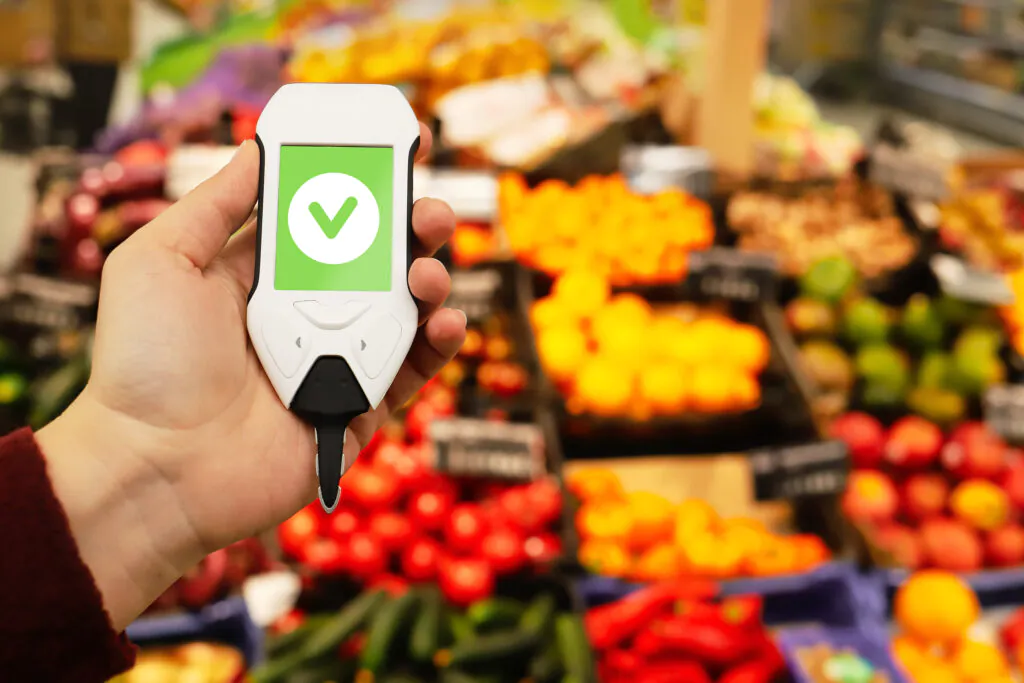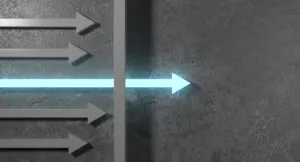The global increase in the demand for chemical sensors from end-use industries such as medical, motor vehicles, and processing is anticipated to play an important role in spurring the demand for such sensors over the next couple of years. However, with the emergence of new technologies, the demand for better solutions across end-user industries has increased. As a result, suppliers in the chemical sensors market space have turned their attention towards providing better solutions and products at affordable rates. Also, to efficiently penetrate across different niche market segments and improve product sales, an efficient market entry strategy comes into the picture. Market entry strategies help companies in the chemical sensors landscape enter new market segments and effectively position their products.
With years of proficiency in offering effective market entry strategy solutions, Infiniti’s market entry strategies help chemical sensors clients gain an in-depth understanding of the South American chemical sensors market in terms of potential clients and the emerging trends affecting the market landscape.
Chemical Sensors Market Overview

The Chemical Sensors Market is poised for significant growth, projected to increase from USD 21.36 billion in 2022 to approximately USD 47.19 billion by 2032. This expansion is driven by technological advancements and a rising demand for real-time monitoring solutions across key sectors such as automotive, healthcare, and environmental monitoring. As industries prioritize safety, compliance, and operational efficiency, the adoption of advanced sensing technologies is becoming essential. The future of chemical detection promises to deliver innovative solutions that meet the evolving needs of global markets.
Here’s How Infiniti Research Helped a Global Chemical Sensors Leader Master South American Expansion in Just 10 Weeks
| Case Study | Details |
| Business Challenge | A leading chemical sensors provider struggled with a SWOT analysis and needed insights into market trends and growth areas for South American expansion. |
| Our Strategic Approach | Infiniti’s market entry specialists conducted stakeholder interviews and gathered data from proprietary sources to understand the South American chemical sensors market. |
| The Results | In ten weeks, the client developed a robust business strategy, identifying market opportunities and major players, along with insights into competitors’ differentiation factors. |
The Business Challenge: Navigating Market Complexities in a Global Chemical Sensors Landscape
A leading chemical sensors provider with offices spread across the globe was facing difficulties in devising a robust SWOT analysis for the chemical sensors landscape. The client also wanted to understand the current market scenario, trends, and key growth areas to develop a superior business strategy. Additionally, the client wanted to formulate an effective market entry strategy to expand their business units to South American markets. Before entering the new market, the client wanted to evaluate the international market conditions and consumer behavior.
Our Strategic Approach: Tailored Market Insights for Successful South American Expansion
To gain strategic insights into the chemical sensors market landscape in South America, the client contacted Infiniti to help them identify the challenges and devise effective solutions that would assist them in overcoming such hurdles. Infiniti’s market entry specialists carried out an effective analysis, including interviews with leading stakeholders in the chemical sensors market space. The specialists also cumulated information from various proprietary sources such as media forums, news aggregators, and company websites to gain a detailed understanding of the market space.
The Results: Rapid Development of a Competitive Business Strategy with Global Growth Insights
In a span of mere ten weeks, the client was able to develop a robust business strategy to assess the market opportunities and evaluate the market’s growth prospects across various geographies. Additionally, the client was able to identify the major market players and gain insights on differentiation factors including competitors’ products and international presence.
Diving Deep: Key Segmentation Insights of the Chemical Sensors Market
| Chemical Sensors Market Segmentation | Details |
| By Product Type | – Electrochemical Sensors: Widely used for gas detection and environmental monitoring. – Optical Sensors: Gaining traction due to their high sensitivity and application in various industries. – Pellistor/Catalytic Bead Sensors: Commonly utilized in industrial safety and emissions monitoring. |
| By Application | – Oil & Gas: Critical for leak detection and environmental compliance. – Automotive: Essential for emissions testing and vehicle safety systems. – Medical: Used in diagnostics, including portable glucose monitors and cancer detection. – Environmental Monitoring: Key for assessing air and water quality. |
| By Region | – North America: Largest market, driven by technological advancements and regulatory demands. – Asia-Pacific: Fastest-growing region, fueled by industrialization and healthcare needs. – Europe: Significant growth due to stringent environmental regulations. |
| Key Market Players | – Honeywell International Inc. – ABB Ltd. – General Electric Co. – Siemens AG – MSA Safety Incorporated |
This table provides a clear and concise overview of the key segments within the Chemical Sensors Market, highlighting product types, applications, regional dynamics, and major players.
Chemical Sensors Market Trends: Driving Innovation and Growth in a Dynamic Landscape
The Chemical Sensors Market is rapidly evolving, driven by technological advancements and increasing demand across various sectors. As industries prioritize safety and efficiency, key trends are emerging that will shape the future landscape of this market.
-
The electrochemical sensor segment is witnessing robust growth due to its high sensitivity and reliability, making it ideal for applications in healthcare, automotive, and environmental monitoring.
-
The rise of IoT and AI is transforming chemical sensors into smart devices, enabling real-time data collection and analysis, which enhances operational efficiency across industries.
-
With growing concerns over pollution and regulatory compliance, there is an increasing demand for chemical sensors that can monitor air and water quality, driving innovation in this space.
-
The healthcare sector is rapidly adopting chemical sensors for diagnostics and monitoring, particularly in wearable devices that provide real-time health data, reflecting a significant trend toward personalized medicine.
These trends signify a dynamic shift in the chemical sensors market, positioning it for substantial growth as it adapts to the evolving needs of various industries.
Leading the Charge: Key Players Shaping the Future of the Chemical Sensors Market
The Chemical Sensors Market is a battleground of innovation, where leading companies are racing to deliver cutting-edge solutions that meet the growing demands of various industries. As the market expands, key players are not just competing for market share; they are redefining the standards of chemical detection and safety.
ABB Ltd.:
Renowned for its pioneering electrochemical sensors, ABB enhances safety and efficiency across diverse applications, setting benchmarks in the industry.
Honeywell International Inc.:
A stalwart in safety technology, Honeywell offers a comprehensive range of chemical sensors designed for industrial and environmental monitoring, ensuring compliance and reliability.
General Electric Co.:
Leveraging its technological prowess, GE develops advanced sensors that cater to critical sectors like healthcare and oil & gas, driving innovation forward.
Siemens AG:
Siemens stands out with its focus on smart sensor solutions that seamlessly integrate into industrial processes, enhancing operational efficiency.
MSA Safety Incorporated:
Specializing in safety products, MSA provides trusted chemical sensors that protect workers in hazardous environments.
These industry leaders are not only shaping the future of chemical sensing but are also forging strategic partnerships and investing heavily in R&D to stay ahead in this competitive landscape. As they push the boundaries of technology, the potential for growth and innovation in the chemical sensors market is limitless.
Conclusion
The Chemical Sensors Market in South America presents a promising landscape for strategic entry, driven by increasing industrialization and environmental awareness. As the market is projected to grow significantly, companies must navigate regional regulations and consumer behaviors to establish a foothold effectively. Key sectors such as healthcare, automotive, and environmental monitoring are ripe for innovation and investment. By leveraging local partnerships and understanding market dynamics, businesses can capitalize on emerging opportunities and enhance their competitive edge in this vibrant region. A well-informed market entry strategy will be crucial for success in this evolving landscape.


